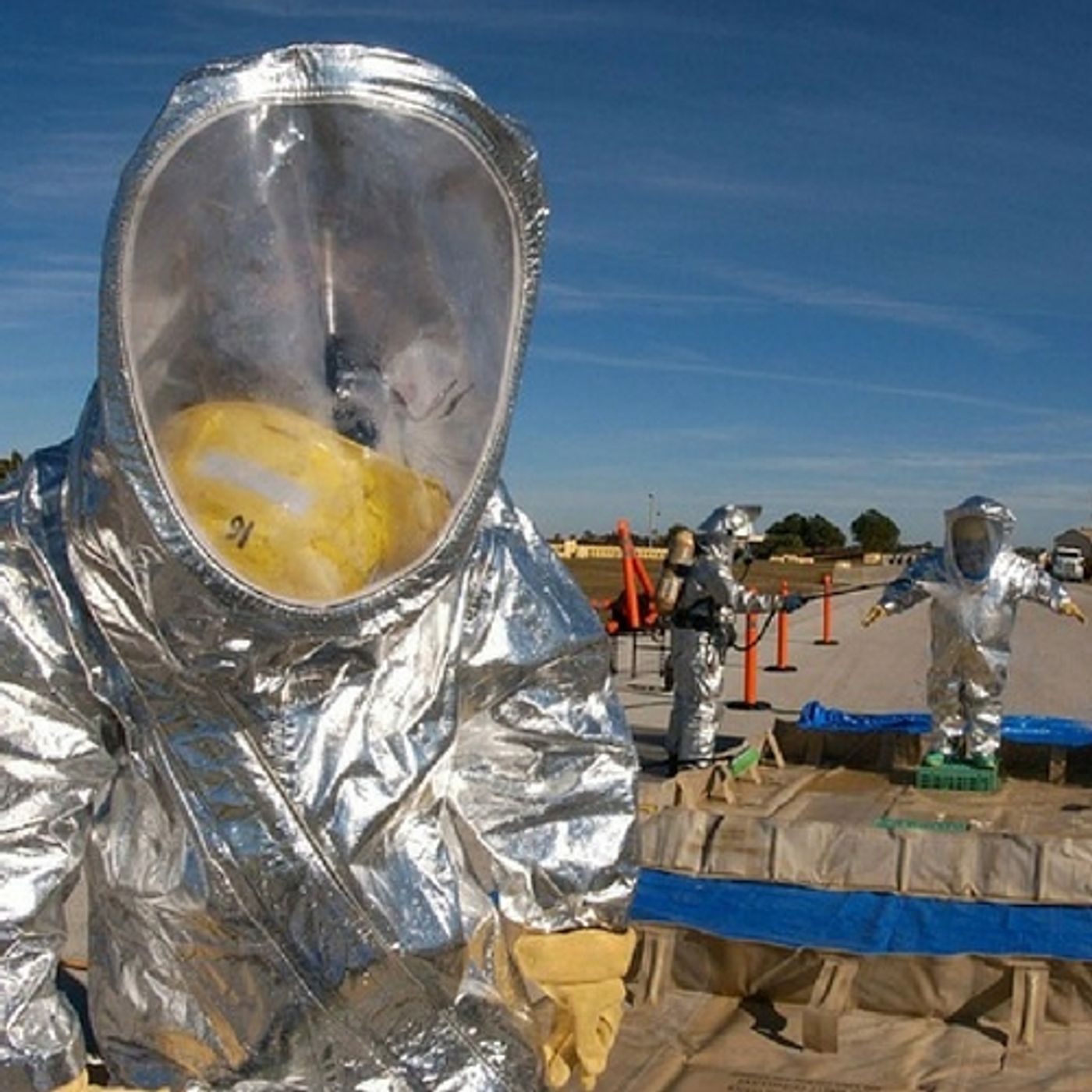Research Ban on Dangerous Viruses is Lifted
When scientists study how viruses mutate and spread, it involves working with very dangerous strains of bacteria. Three years ago the funding to the National Institutes of Health to do this research was suspended.
That ban has been lifted, and research will now continue, but projects that were paused in October 2014 are now uncertain. The NIH in Bethesda, MD will have new guidelines in place for working with these strains of diseases, and hopefully, the continuation of the research will yield new information.
Two studies, one on influenza and one on Middle East Respiratory Syndrome, which were left idle when the research ban was enacted, may have to be begun again. The design of the studies and goals might now be out of date, and officials want to make sure that the work, once resumed, will be beneficial.
The specific studies that the NIH was concerned about are called "gain-of-function" (GOF) studies. In this kind of research, experts make the pathogens that cause diseases to be more dangerous and more easily spread. Manipulating these germs can be extremely dangerous. In one such study, in 2011, researchers in the Netherlands were able to change the H5N1 bird flu virus so that it could be passed between ferrets. Another study in Wisconsin on avian flu was also ongoing. While this is good for research because it allows scientists to study how the virus behaves to find ways to eradicate it, it's risky. If the pathogens were to escape the security of the labs, a pandemic could be the result. Accidents that happened in a few biocontainment labs, along with the strength of the viruses were enough to cause officials to pause any further studies.
In the meantime, officials began to design new policies for GOF studies. While changing the germs into more dangerous forms is necessary, the methods and security surrounding the research had to be modified. The new policies are in place, and research can now begin again, but it will take a while to get the work back to where it was before the pause. NIH Director Francis Collins explained that the new protocol, "will help to facilitate the safe, secure, and responsible conduct of this type of research." Eighteen studies that involved souping up the pathogens that cause influenza and MERS will likely be resumed.
While it's good for science to research these viruses, many are still nervous about how the program will work. The new protocol requires that any study proposal that meets the definition of an "enhanced potential pandemic pathogens" (PPP) and has been peer-reviewed will then have to go before a board of Health and Human Services personnel. The committee is made up of biosafety professionals, ethicists and legal experts who can approve or deny the projects as well as suggest modifications.
There is much to be gained from ramping up these pathogens, but security must be dealt with as well. The video below explains more about what the research will look like going forward.
Sources: Science Magazine, NPR, Nature









